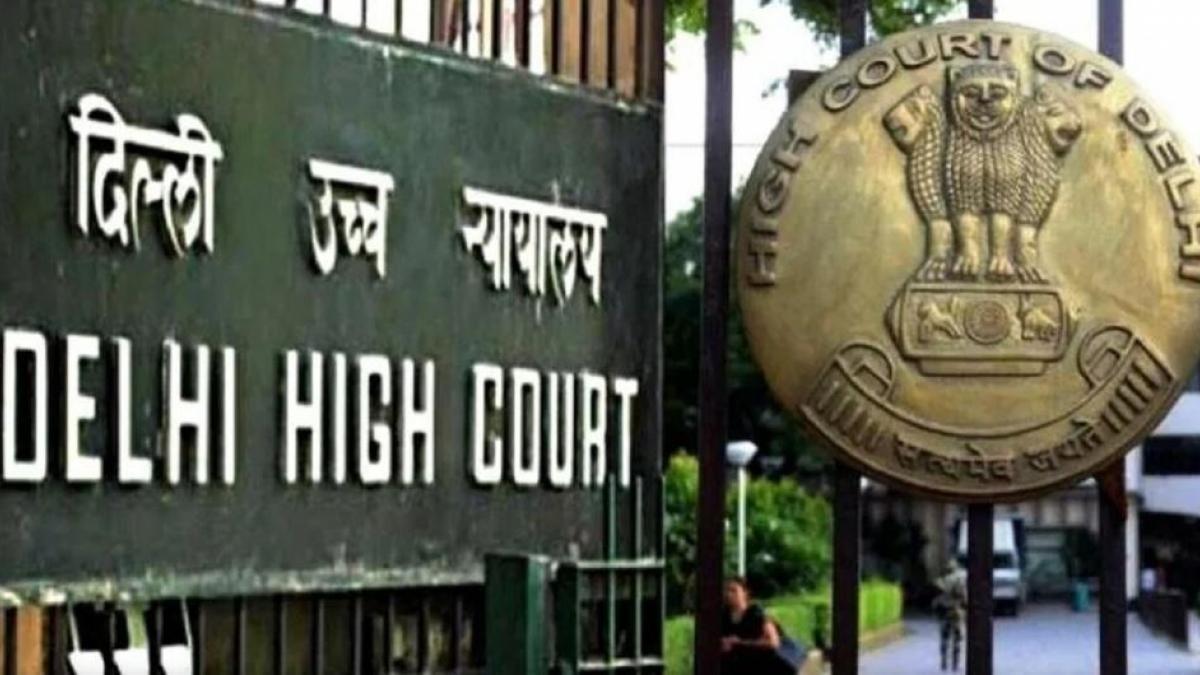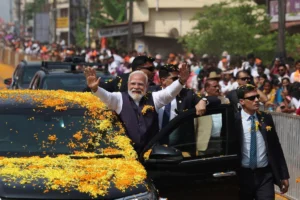
Delhi High Court
The Delhi Government attempted to rehabilitate slum dwellers on paper through the Delhi Slum and JJ Rehabilitation and Resettlement Policy, 2015, according to the High Court, but the ground reality is far from reality.
The above remark was made by a bench of Chief Justice Satish Chandra Sharma and Justice Subramaniam Prasad while hearing an appeal by the Keshav Sanyasi Gao Shevashram trust.
The bench also rejected the trust’s appeal, in which it argued that because it had been a tenant for 15 years, it was entitled to benefits under the policy.
The trust was formed to look after the temple and the cow. The occupants were served with an eviction notice to vacate the premises. He was scheduled to be transferred to a shelter home in Geeta Colony for three months.
According to the rehabilitation policy of 2015, the disputed premises do not fall within the notified slum cluster, which the trust has challenged. Its occupants have no right to be protected from vandalism.
The solitary bench had also ordered the authorities to find another place for the cow to stay. He was granted three months’ eviction relief.
The trust has filed an appeal, claiming that the Gaushala and temple have been present on the property for over 15 years. In this case, the eviction notice is both illegal and arbitrary. The cows’ habitat is close to a notified cluster area. As a result, he is entitled to protection under the Rehabilitation Policy of 2015.
The bench ruled that he is ineligible for the benefit of living near a slum cluster because he did not live there prior to 2006.
Also read: North Korea Launches Short-Range Ballistic Missile
To read more such news, download Bharat Express news apps

















